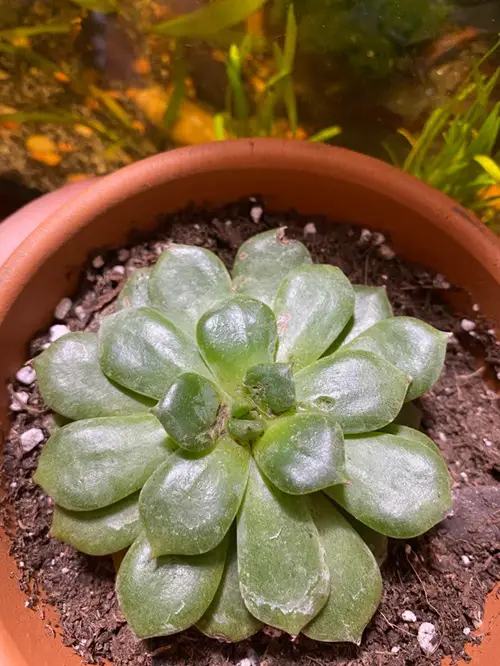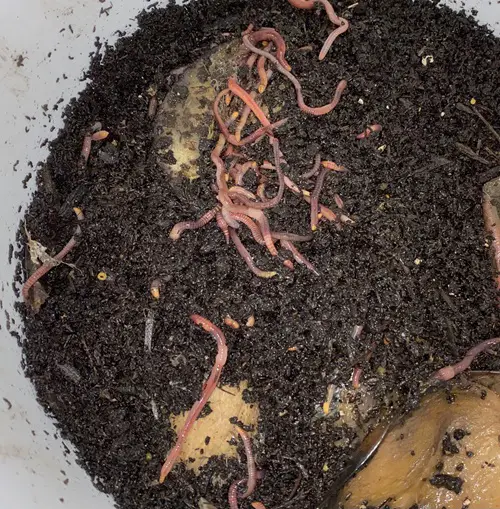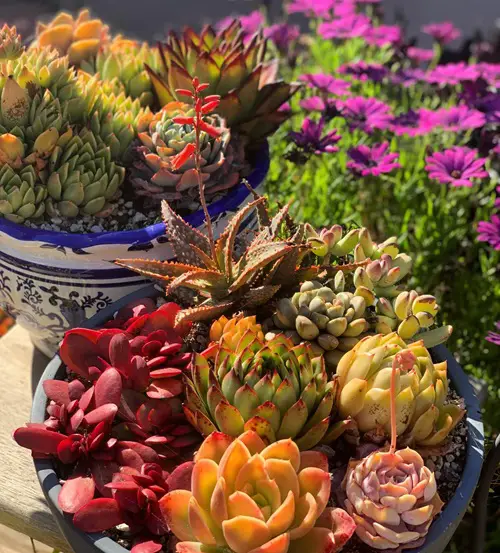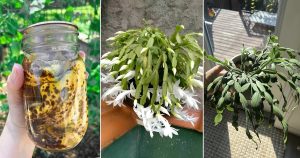Did you know that some insects are actually your plant’s best friends? Yes—let’s find out what bugs are beneficial for succulents!
Before you panic and grab the pesticide, hear this out—not all bugs are bad! As every cloud has a silver line, some helpful bugs work behind the scenes to keep your plants safe. So, why not talk about these little heroes, how they help, and why you might want them around your succulents?
What Bugs Are Beneficial For Succulent?
1. Ladybugs
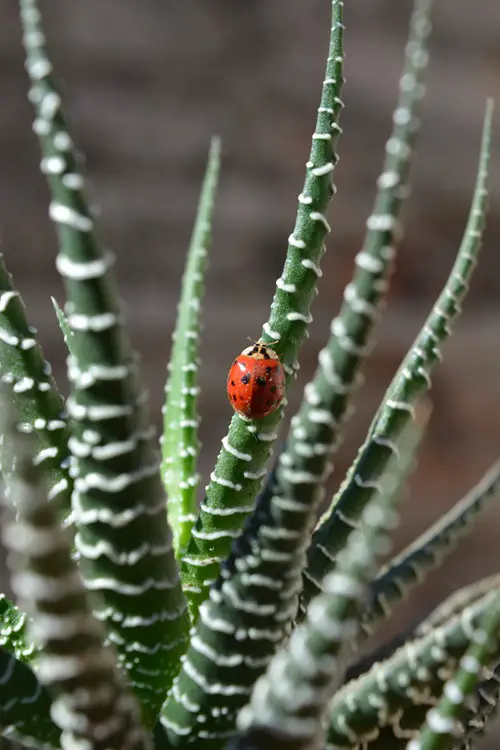
Ladybugs aren’t just cute but they’re powerful pest controllers. An adult one can munch through up to 50 aphids in a single day and around 5000 in their lifetime! If you’re dealing with soft-bodied pests like mealybugs or spider mites, ladybugs are your go-to allies.
If you want to attract ladybugs around, grow dill, cilantro, or fennel nearby—they love feasting on those plants, too.
2. Lacewings
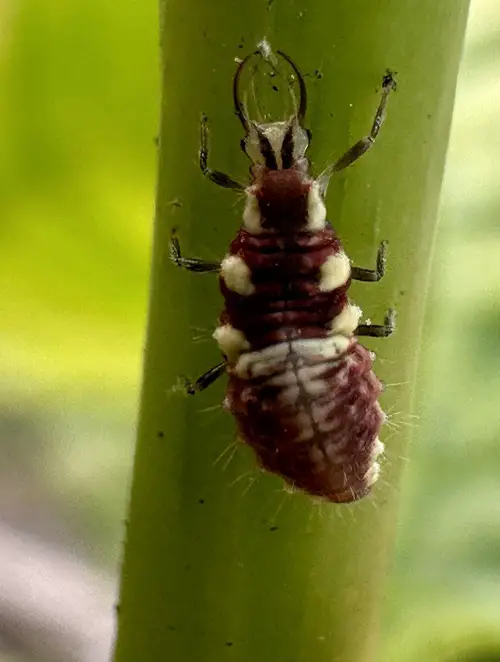
Don’t underestimate the delicate appearance of lacewings! It is a species from the genus Chrysopa plus actively used the control arthropod pests, mainly in greenhouses. The larvae are sometimes nicknamed “aphid lions” because they can consume up to 200 pests within the first week of their lives.
They’re voracious predators that tackle aphids, scale insects, and even small mealybugs. If you spot them around then it’s great because that’s a sign your garden is naturally pest-proofing itself!
3. Parasitic Wasps
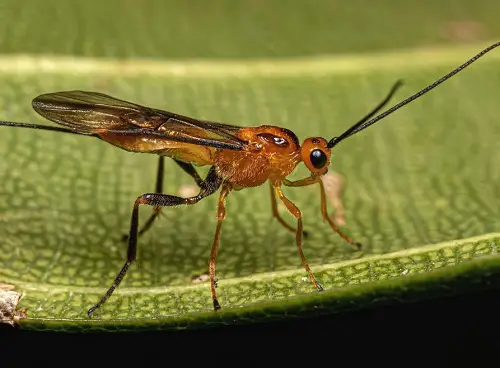
The idea of wasps might make you nervous, but parasitic wasps are more helpers than harassers. Parasitoid wasps are a big evolutionary group of hymenopteran insects and are famous biological control agents for arthropod pests in forest ecosystems and agriculture.
They have a sci-fi way of dealing with bugs—they lay eggs inside pests like scale or aphids, turning them into host meals for their larvae. Creepy? Yes. Effective? Absolutely! Plus, they work so quietly that you might not even notice them.
4. Predatory Mites
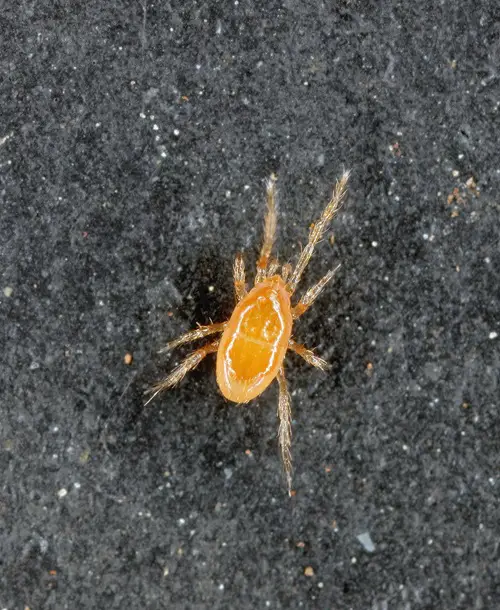
Ever heard of mites that fight mites? Predatory mites are more and more used in the biocontrol of pest mites, thrips, and nematodes. Predatory mites specialize in tackling spider mites, one of the most notorious succulent enemies.
Once introduced to your garden, they work quickly to eliminate the problem—often within days. They’re particularly handy in greenhouse setups where pest outbreaks can escalate fast.
5. Earthworms
Earthworms are a hidden gem for succulent growers, even if they aren’t commonly associated with potted plants. The carbon that they eat, process, and then excrete is a key building block in a well-structured soil. Did you know that earthworms can increase the collective plant’s productivity by about 25%? Yes, It is!
Why Do Succulents Attract Bugs?
Succulents are usually pest-resistant, but when their growing conditions are less than ideal, they send out a vulnerable sign for pests. Overwatering, poor drainage, or soggy leaves are invitations for troublemakers like fungus gnats and aphids. However, fixing these conditions can reduce the chances of an infestation, but beneficial bugs provide an extra layer of security.
How to Welcome Beneficial Bugs?
Creating a bug-friendly environment for your succulents is easier than you might think. Just start by planting flowers like marigolds, daisies, or cosmos around your succulents. They offer nectar and pollen, which many beneficial insects rely on. Plus, avoid using harsh chemical pesticides, as these can kill beneficial insects alongside the bad ones.
Instead, go natural. Neem oil sprays, for instance, deter harmful pests without impacting your garden’s good bugs. You can mix 1 teaspoon of neem oil with water and a drop of dish soap, then spray lightly on your plants. It’s simple, eco-friendly, and effective.
If you desire to make your garden even more inviting, place small dishes of water with a few rocks nearby. This gives the bugs a place to perch and drink.
How to Spot the Helpers?
Here’s a tip—if your succulents look shiny from honeydew or have cottony white patches, you’re dealing with pests. But if you spot ladybugs, lacewings, or parasitic wasps, give them a warm welcome. These are the defenders, not the destroyers. Let them stay, and they’ll take care of the invaders for you.
The Summing Up!
Beneficial bugs are nature’s way of helping your succulents grow. By welcoming the good bugs, you’re reducing the need for harsh chemicals and letting nature do its thing. Have you used these bug buddies before? Share your stories in the comments—your tips might just save someone’s garden!

